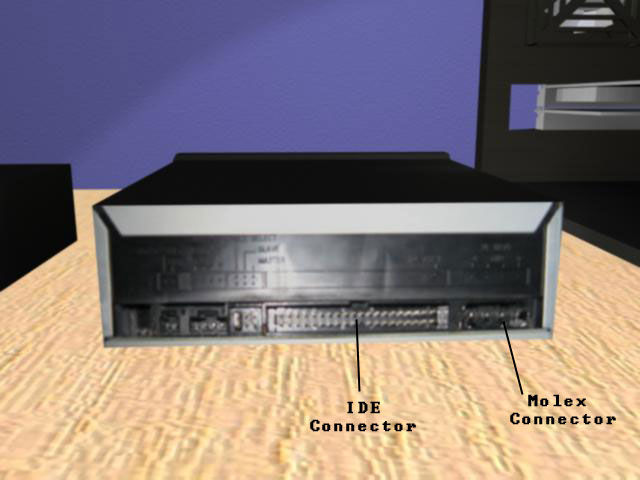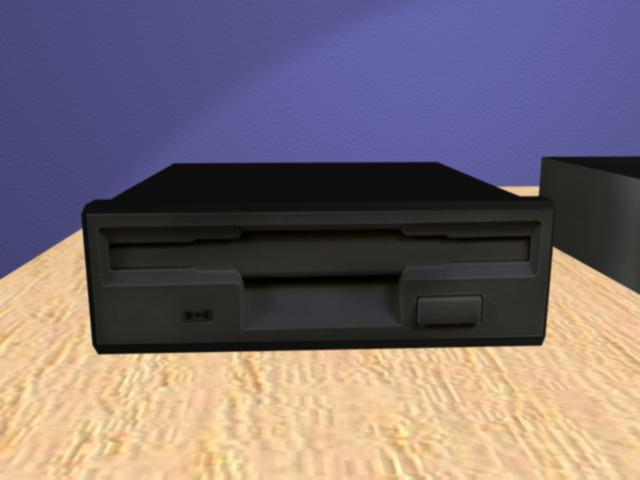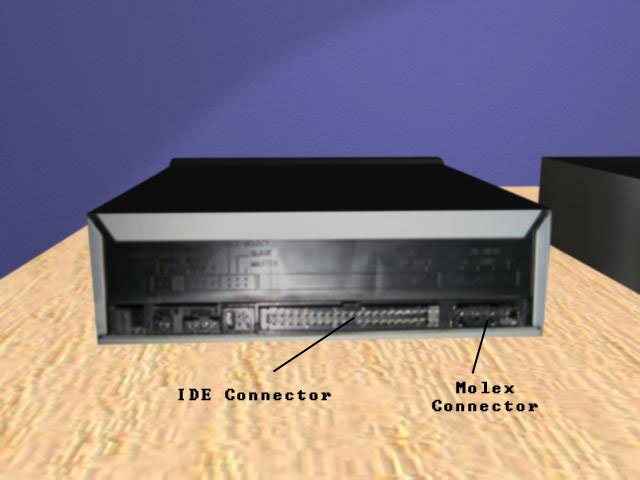The Computer Tutor
The CD/DVD Drive

A CD or DVD drive is a necessity on any modern computer. Through it, you can install new software, listen to music from CDs, watch movies on DVD, and, if you have a CD/DVD burner, you can take files from your computer and burn them to blank CDs or DVDs for transfer between computers or as high-capacity data storage and information backups. A DVD burner is by far the most versatile drive, because it can read and write both CDs and DVDs. They are fairly inexpensive, easy to install if you are looking to upgrade from a CD drive, and if you don't want to deal with installing one into your computer, you can always find external ones that are powered by USB.
With high-definition DVD formats on the rise, it is always a good idea to base your upgrade decisions around the format that is best for you. Burning important files onto disks is a great way to store backups – the data quality will not easily degrade, they are easy to store and maintain, and they are not stored on a medium that could easily fail, like an external hard drive might. That said, CDs and DVDs have very small storage capacities compared to some of today's hard rives. A single CD can only store around 700 Mb of data (most small hard drives today can hold 40Gb of data, or ~40,000 Mb), a single-layer DVD can hold 4 Gb, and a dual-layer DVD, which requires a special dual-layer DVD burner to create, can hold 8 Mb. Though the burners and disks for the new Blu-Ray high-definition DVD format are very expensive, a single-layer Blu-ray disk can hold 25Gb of data, and a dual-layer disk can hold up to 50 Gb.
CD, DVD, and Blu-Ray drives all use lasers to read the data encoded on the disks, and to write data to the disks. The massive increase in storage capacity over the evolution of the disk format is primarily due to the wavelength of the light that is emitted by the laser. CDs and DVDs both use red light – CDs are read at a wavelength of 780 nanometers (nm) and DVDs are read at a wavelength of 650 nm. The shorter the wavelength, the greater the precision of the laser, so it can write larger amounts of data onto the surface area of the disk because it makes smaller grooves and can read the small grooves with greater precision. Blu-ray disks are a huge leap forward because they use a blue-violet laser, which is on the opposite end of the spectrum from red at 450 nm and greatly increases the capacity of the disk and the precision of the disk reader.

Molex Connector
This is the plug for the drive's power cable. One of the Molex connectors (the small ones with only 4 wires and square white plug heads) from the power supply plugs in here to supply power to the drive.
IDE Connector
This is the port for the IDE cable, or the cable that connects the disk drive to the motherboard so that information can be transferred between the computer and the disk read by the drive. The IDE cable is usually a long, flat, grey cable with a black end that plugs into the drive, a blue end that plugs into the motherboard, and a grey plug near the middle that plugs into a secondary drive if you have more than one in your computer.
The Floppy Disk Drive

A floppy disk drive is designed for reading the old square 3.5” floppy disks that used to be used to store information external to the computer. Floppy disks were used to install programs, store data backups, and transfer data between computers before high-speed networks, but as the capacity of the computer's hard drive increased, they were gradually supplemented by CD drives, the DVD drives, and now have been all but replaced by flash drives, those tiny USB keys that can store, at their smallest, the equivalent of 22 floppy disks' worth of data. Many modern computers are leaving floppy drives out of their designs, but veteran computer users that still have floppy disks with data on them can usually find external floppy drives for very cheap at any electronics store.

Molex Connector
This is the plug for the drive's power cable. One of the Molex connectors (the small ones with only 4 wires and square white plug heads) from the power supply plugs in here to supply power to the drive.
IDE Connector
This is the port for the IDE cable, or the cable that connects the disk drive to the motherboard so that information can be transferred between the computer and the disk read by the drive. The IDE cable is usually a long, flat, grey cable with a black end that plugs into the drive, a blue end that plugs into the motherboard, and a grey plug near the middle that plugs into a secondary drive if you have more than one in your computer.
Now that you have seen what the disk drives on your computer have to offer: